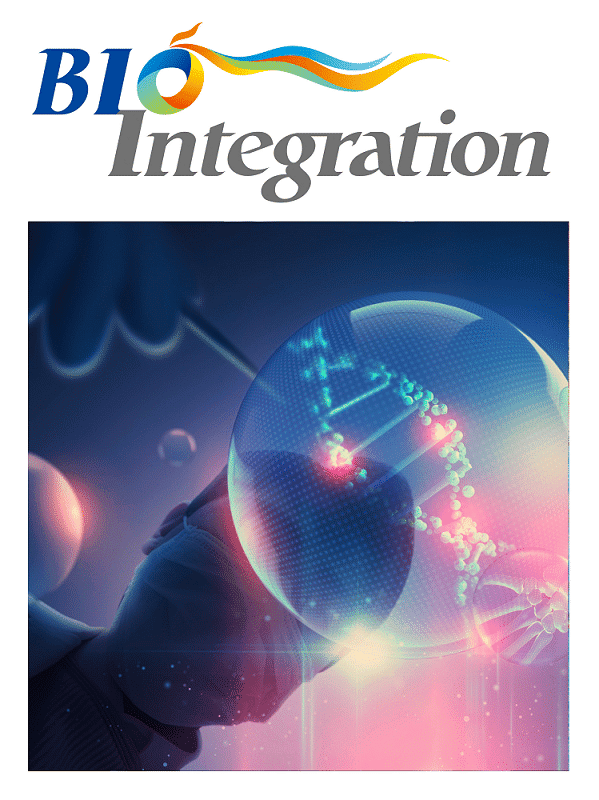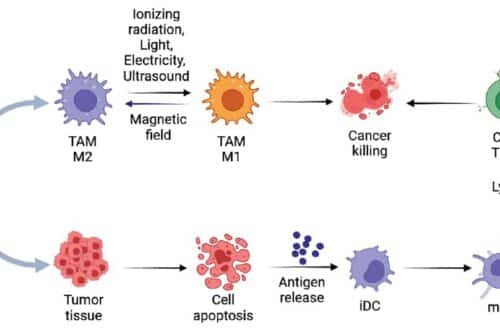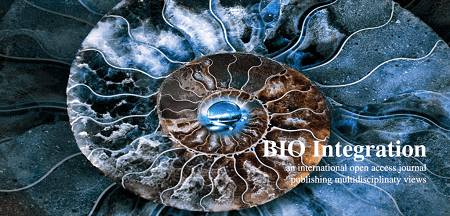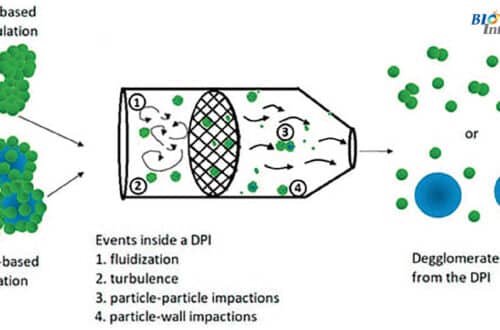
BIO Integration, Volume 4, Issue Number 2, Publishes
Guangzhou, September 7, 2023: BIO Integration (BIOI) publishes volume 4, issue 2. BIOI is a peer-reviewed, open access, international journal, which is dedicated to spreading multidisciplinary views driving the advancement of modern medicine. Aimed at bridging the gap between the laboratory, clinic, and biotechnology industries, it offers a cross-disciplinary platform devoted to communicating advances in the biomedical research field and offering insights into different areas of life science, to encourage cooperation and exchange among scientists, clinical researchers, and health care providers.
The issue contains an editorial, one review, one research article, a commentary and a technical note offering insights into different areas of life science in both China and internationally:
Editorial
Peptide Assemblies as Promising Tumor Vaccines: Current Platforms and Progress.
Review Article
The review article is Classification and Medical Applications of Biomaterials‐A Mini Review.
This review focuses on biomaterial classification, namely bioceramic, polymeric, and metallic biomaterials. Their medical applications, advantages, and disadvantages are discussed. Current trends in biomaterials involved in disease treatments, such as controlled drug delivery and cancer therapy, are additionally explored.
Research Article
The original article is entitled Optimization of Ultra-Small Nanoparticles for Enhanced Drug Delivery. Nanoparticle delivery of drugs to the brain is hindered by the blood-brain barrier (BBB). In malignant glioma (MG), small disruptions in the BBB may allow nanoparticles smaller than 20 nm to penetrate the dysfunctional barrier. The authors of this article previously developed ultra-small nanoparticles called hyper-cell permeable micelles (HCPMis) with a radius of ∼12 nm and found that a PEGylated HCPMi system showed enhanced cell permeability and cellular uptake, and remarkable anti-tumor properties in MG treatment.
Opinion
This is entitled In vivo Iron-Based Coordination Assembly for Disease Diagnosis and Treatment. Advances in in vivo iron-based coordination assembly have enabled the simultaneous detection and treatment of iron-overload disorders. Specific interactions between local FeIII and organic ligands (e.g., indocyanine green and lecithin) facilitate magnetic resonance imaging with enhanced sensitivity and photoacoustic imaging with high contrast, thus overcoming the longstanding limitations of traditional iron quantification approaches.
Technical Note
This is entitled First experiments with carbon black pigment dispersion acting as a Janus ultrasound contrast agent. Theranostic ultrasound contrast agents comprise a therapeutic component whose controlled release is triggered by an ultrasound pulse. However, once the therapeutic component has been released from an ultrasound contrast agent microbubble, its intended uptake cannot be monitored, as its acoustically active host has been destroyed. Acoustic Janus particles, whose hydrophobic and hydrophilic properties depend on the external acoustic regime, are of potential use as contrast agents and drug-delivery tracers. The purpose of this study was to evaluate the hypothesis that submicron particles with Janus properties may act as ultrasound contrast agents whose hydrophobicity changes over time.
And finally, the issue also contains Interview with Fuwu Zhang, University of Miami, Miami, FL, USA: Voice Series: Interview with Prof. Fuwu Zhang, University of Miami.




